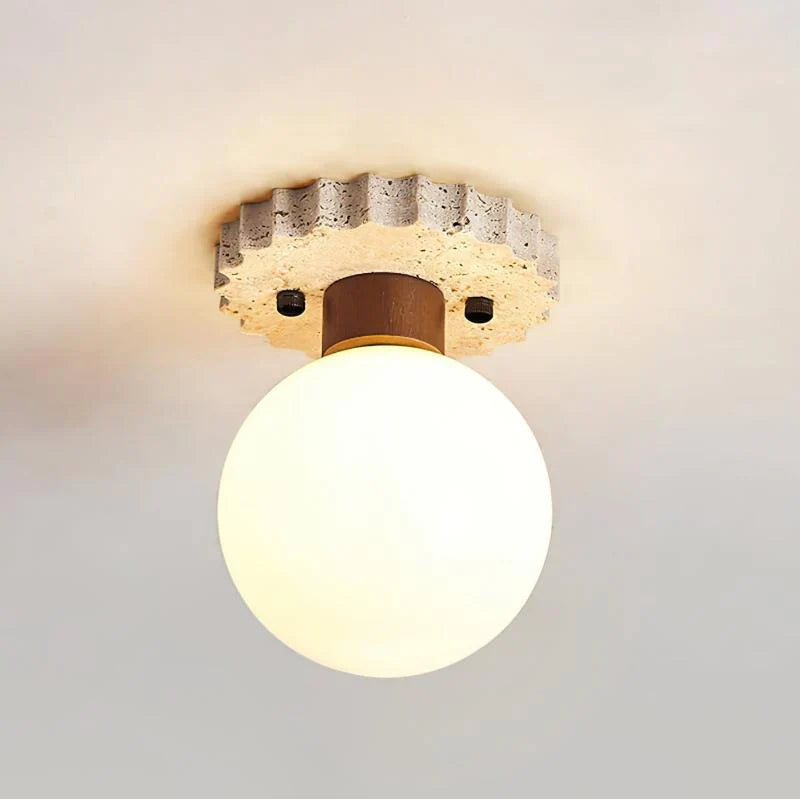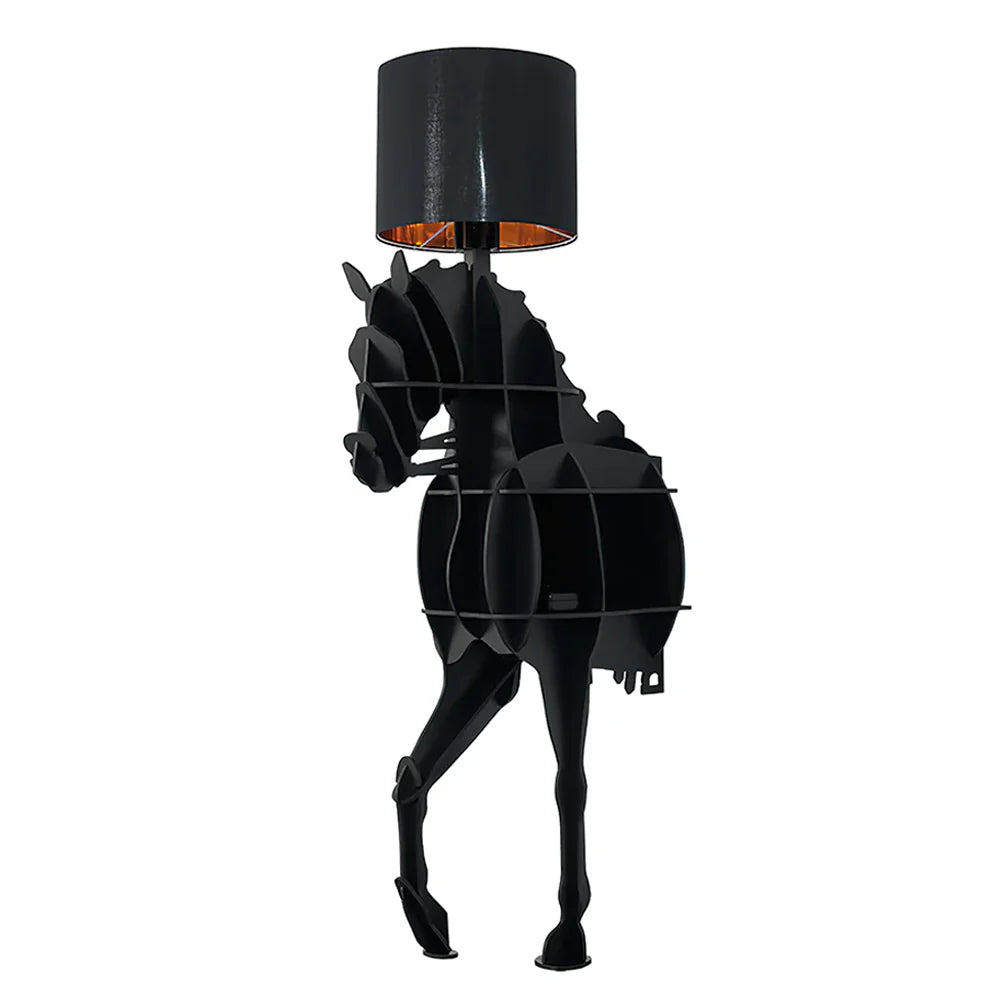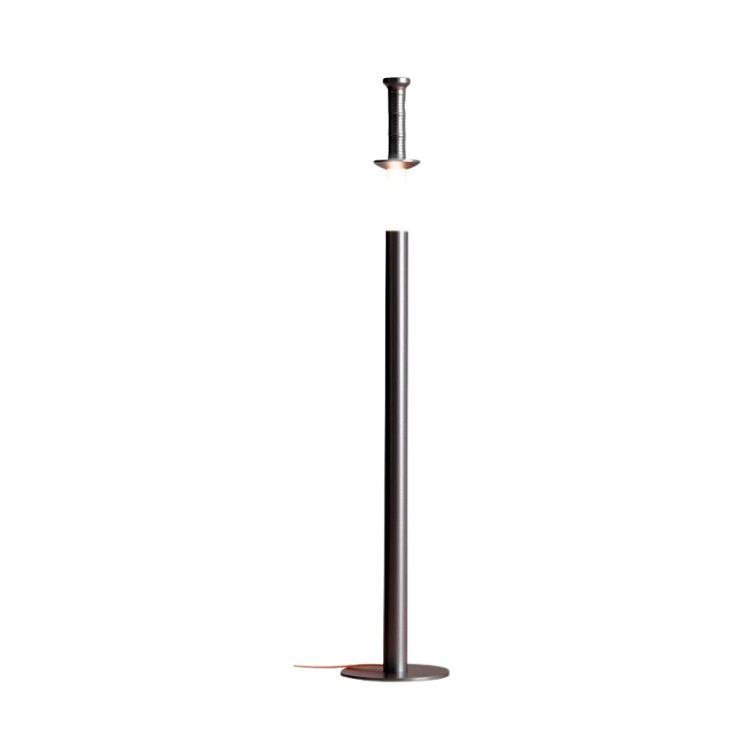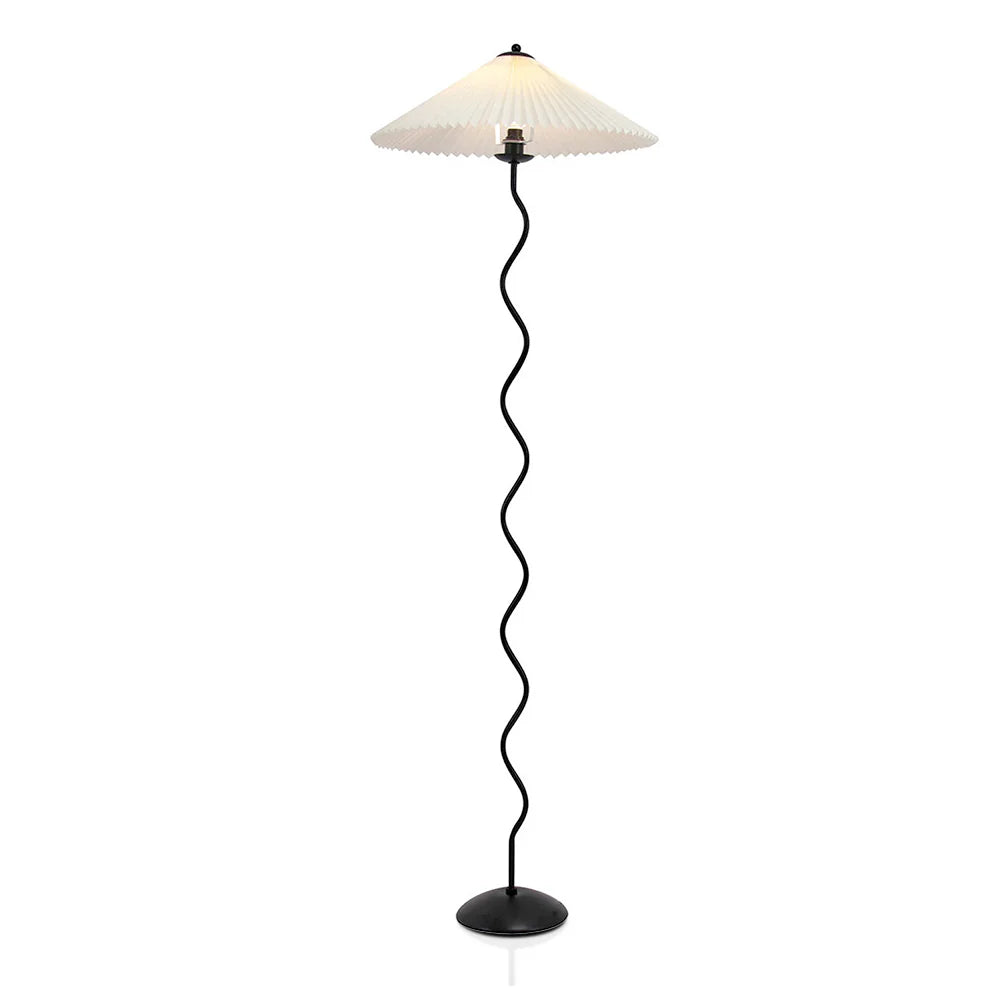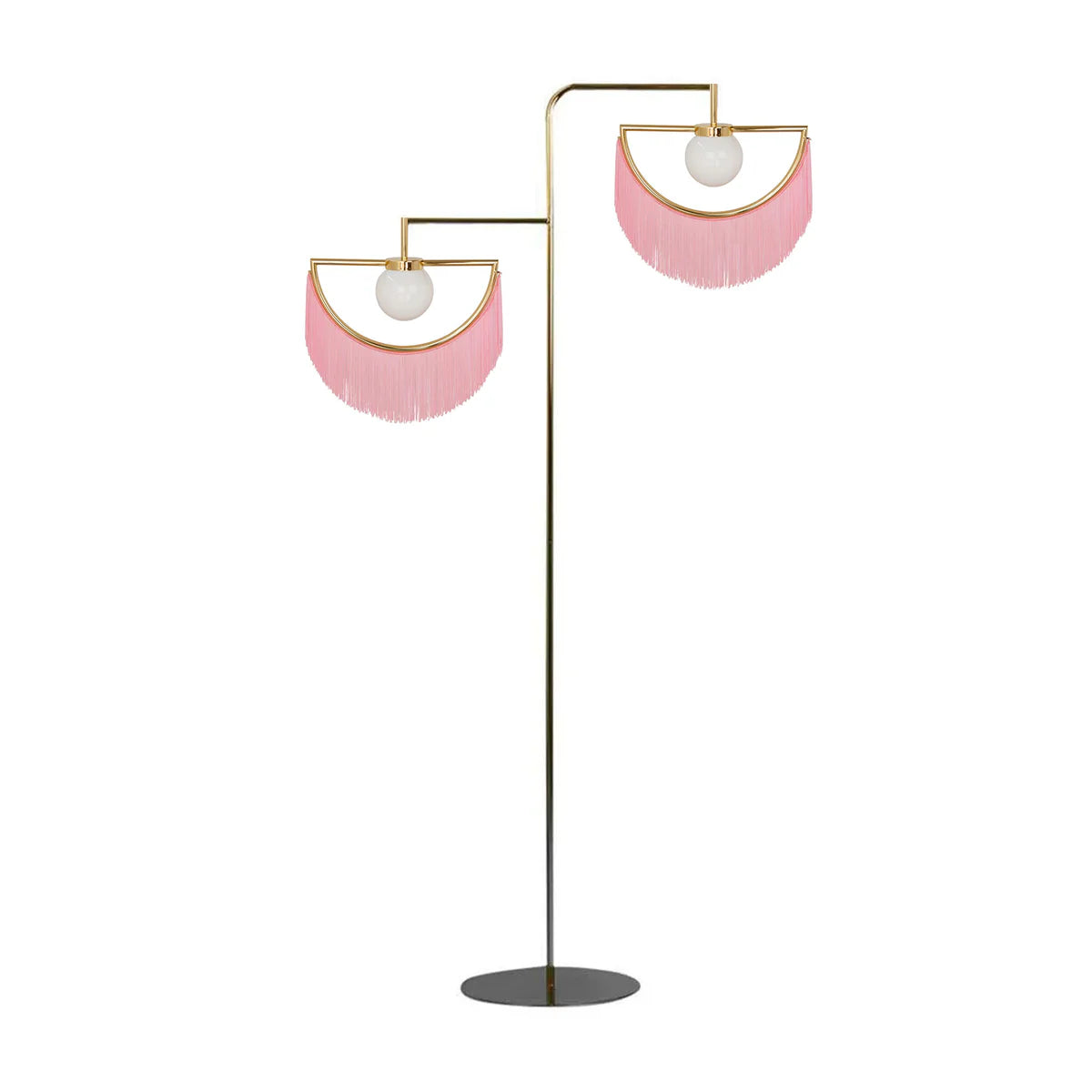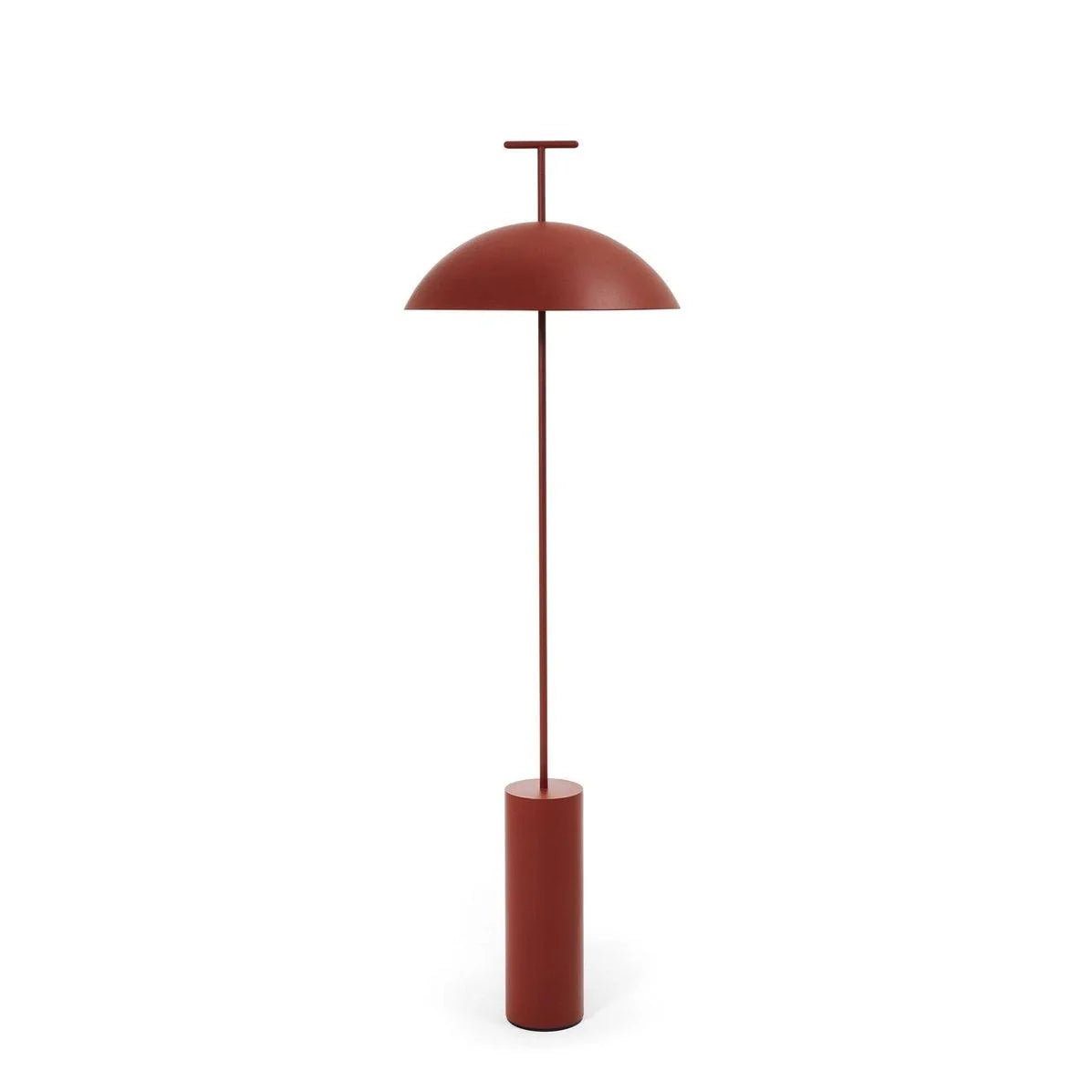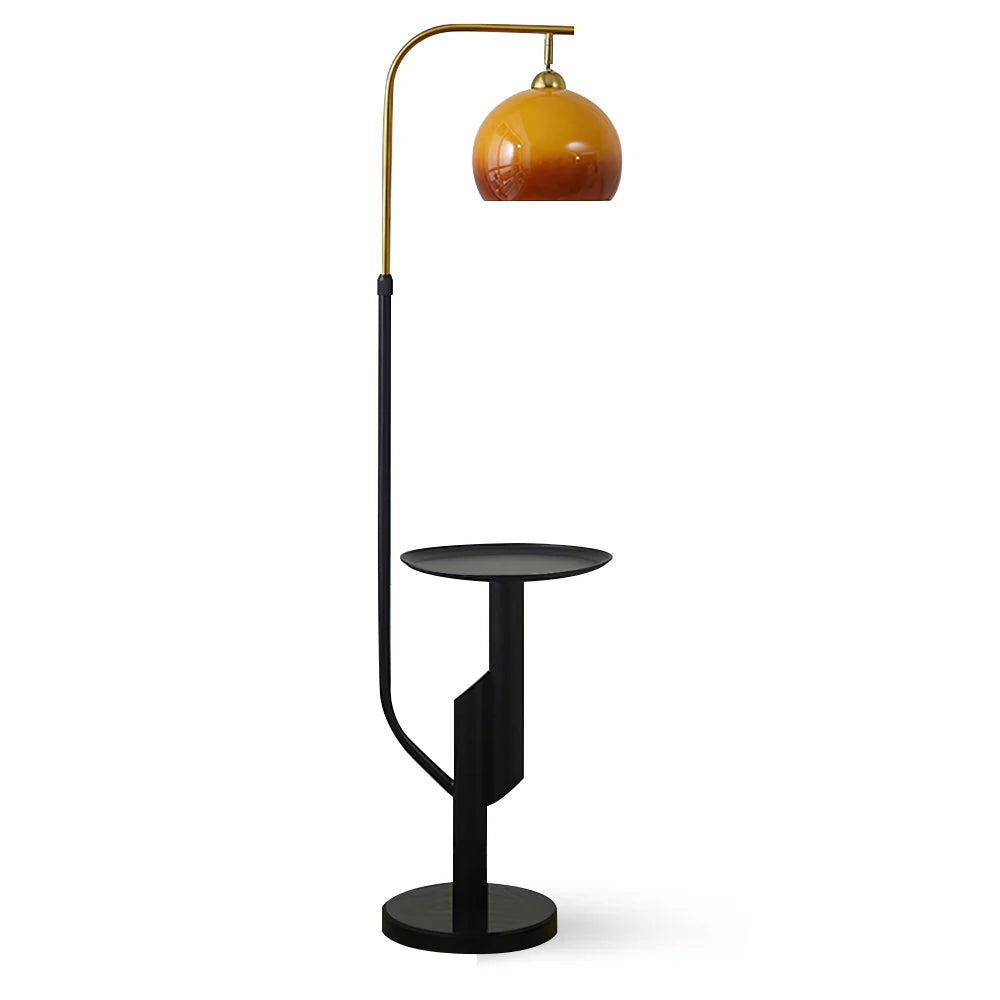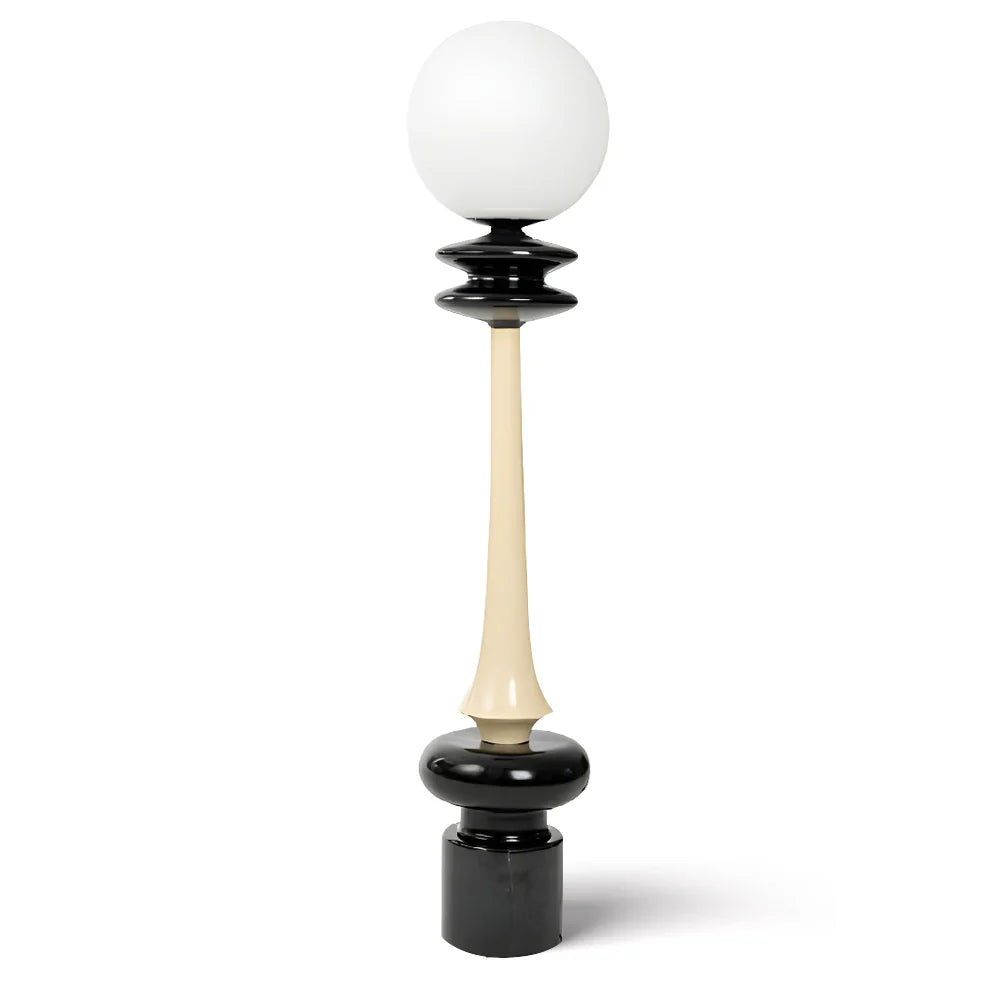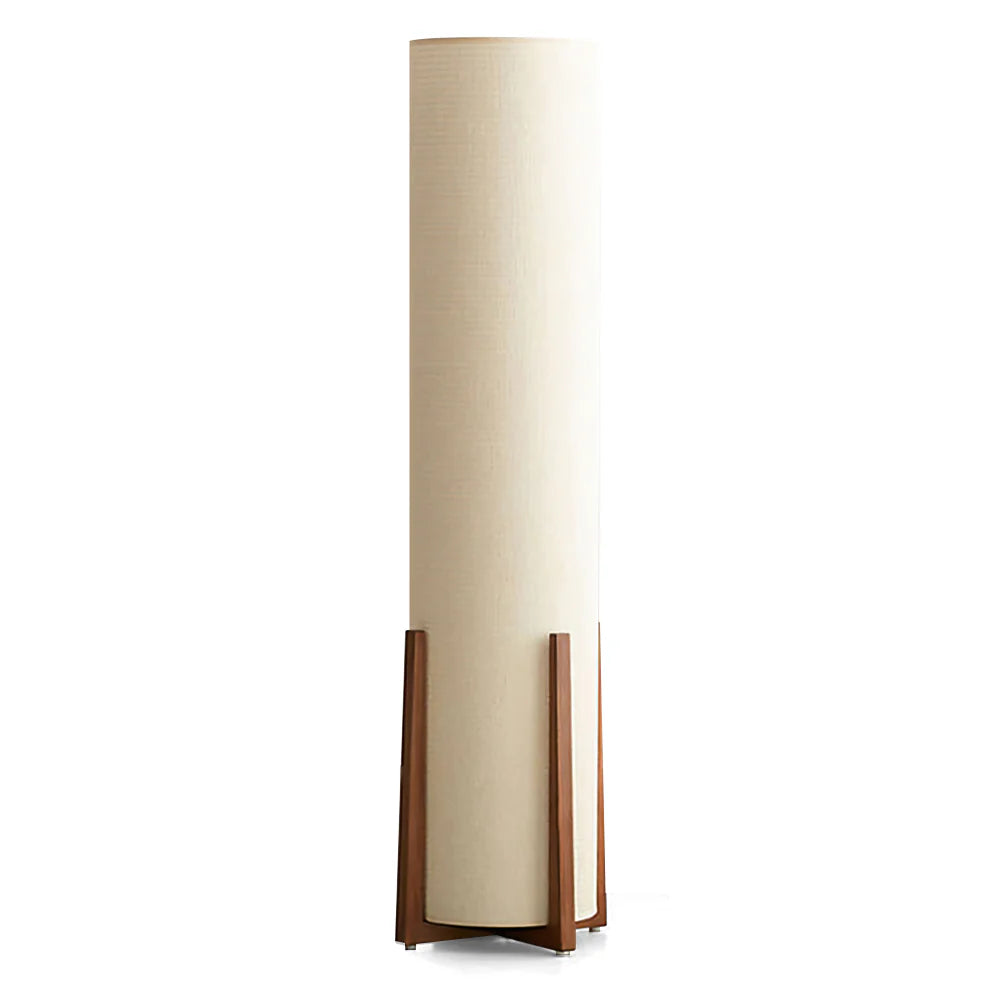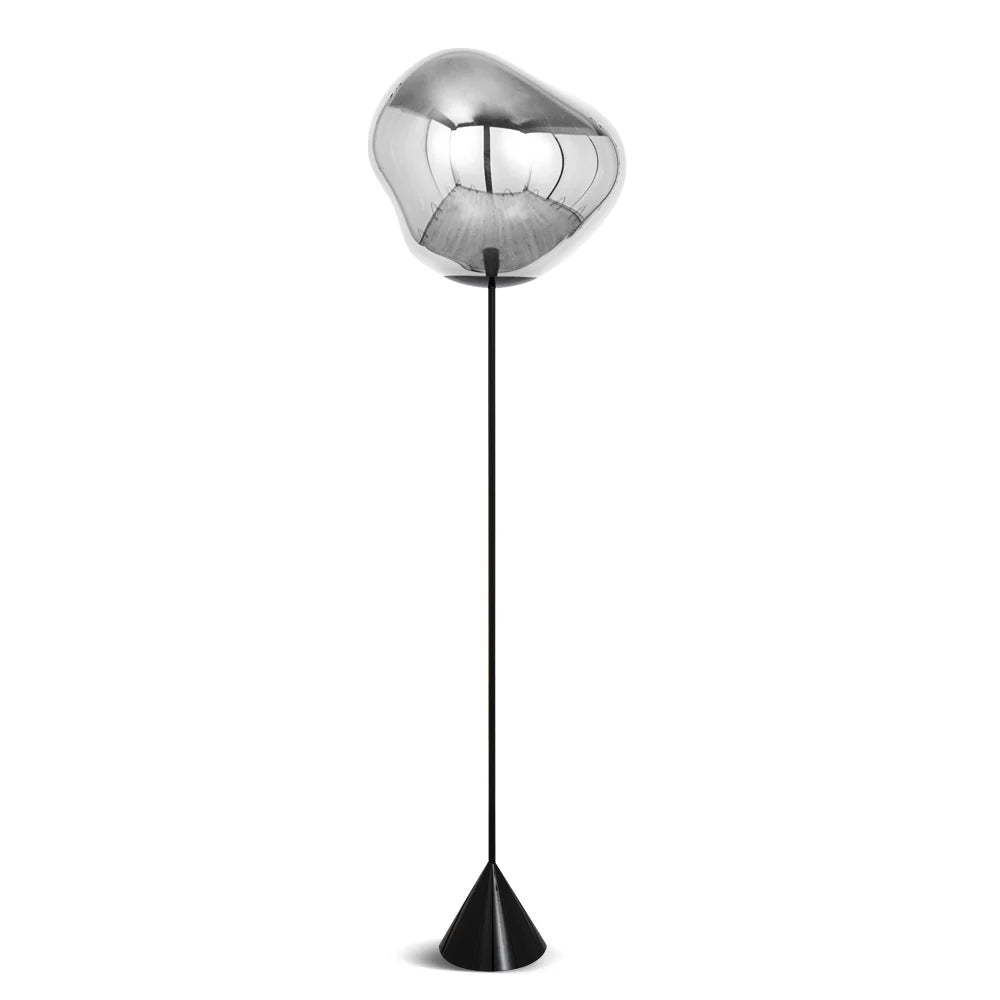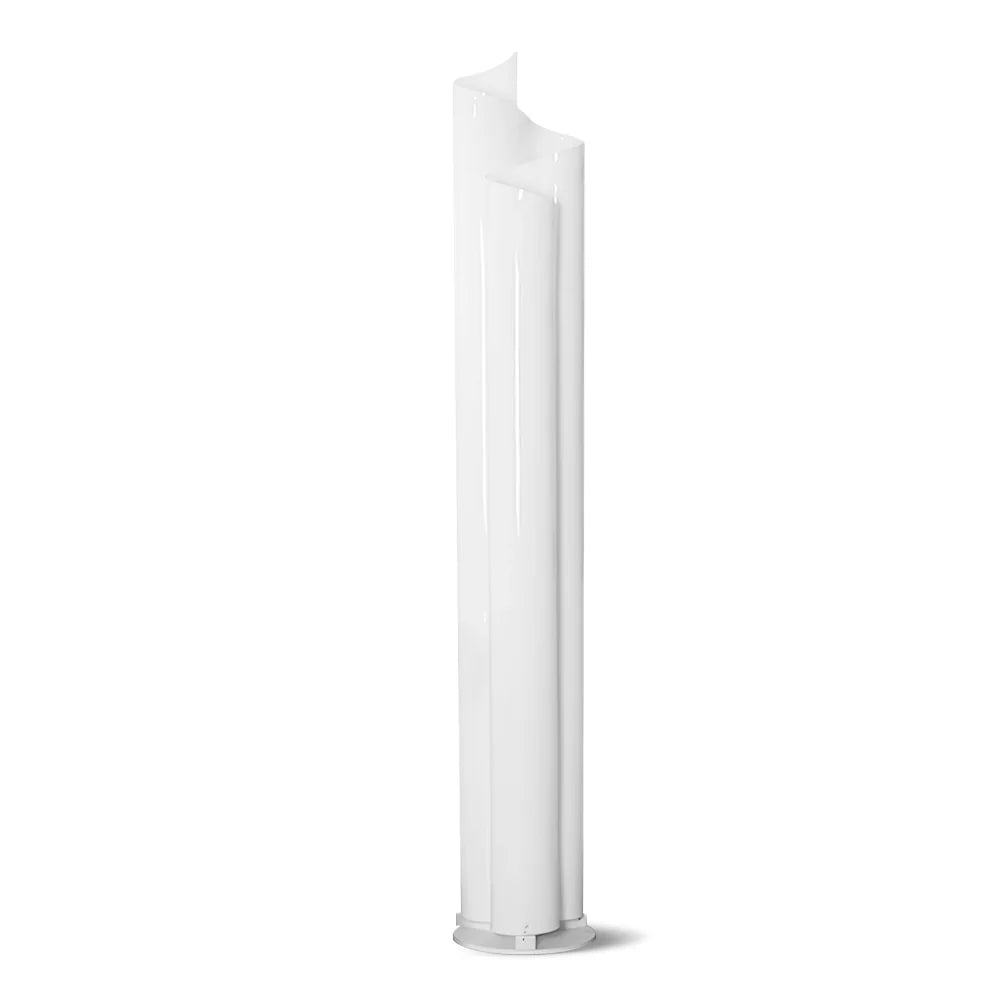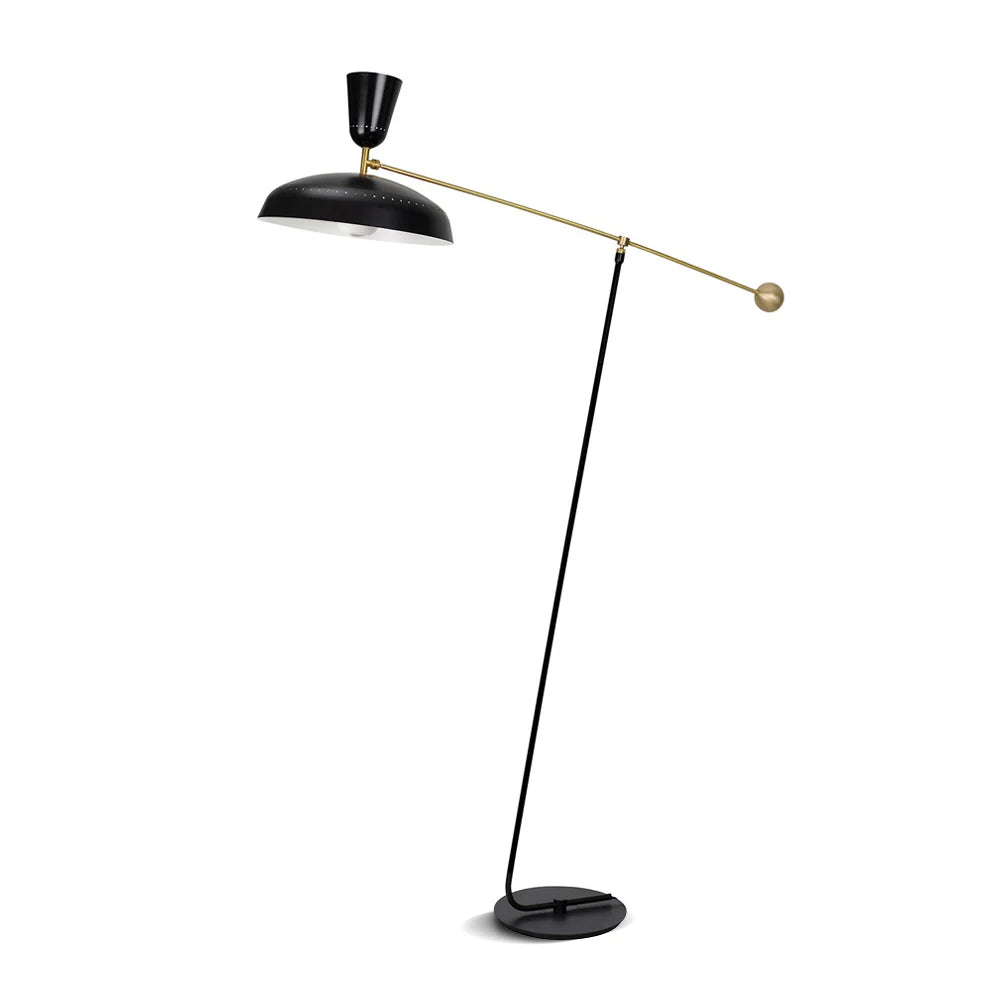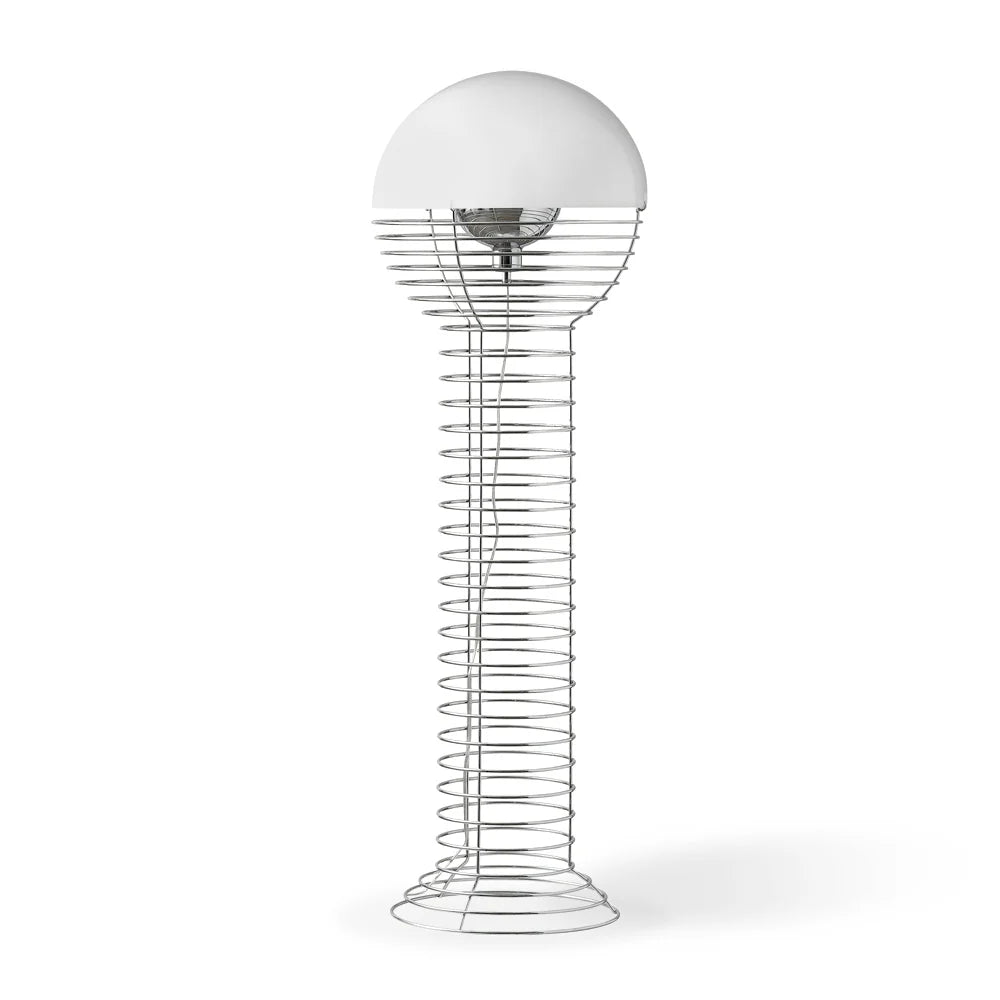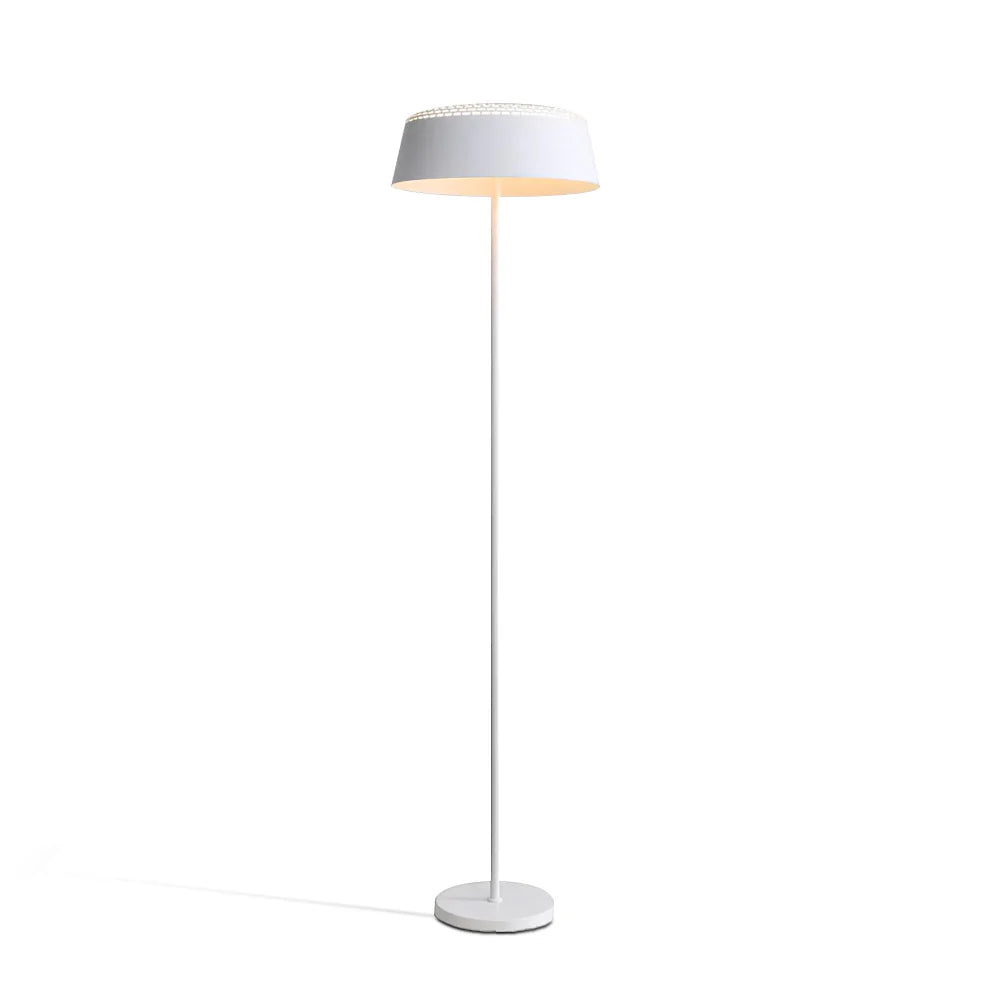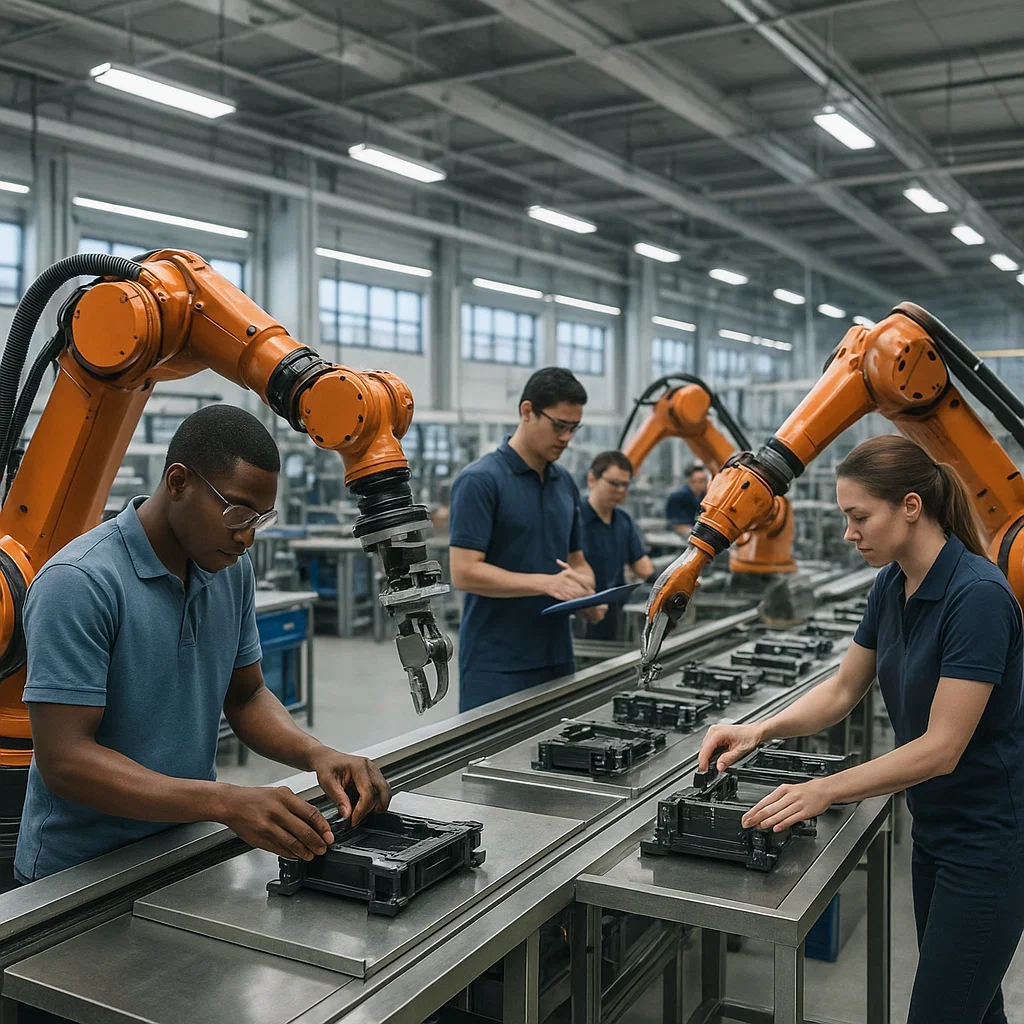
How AI Is Reshaping the Workforce: Insights from the Lighting and Manufacturing Industry

ntroduction:
AI has rapidly evolved from a back-end tool to a visible force disrupting entire industries. According to the 2025 World Economic Forum report, AI is expected to displace 92 million jobs by 2030. But what does this mean for industries like manufacturing, e-commerce, and design? As a business owner operating both a lighting manufacturing facility and an online retail brand, I’ve seen firsthand the double-edged nature of AI—bringing both opportunity and disruption.
1. Which Jobs Are Most at Risk?
From a manufacturer’s perspective, the roles most at risk include:
-
Repetitive Assembly Line Tasks:
In factories, machine learning has enabled robotic arms to take over tasks that once required manual labor. While this reduces errors and increases output, it also reduces the need for basic laborers. -
Basic Customer Support Roles:
AI-driven chatbots now manage a significant portion of customer queries on our website. They're fast, multilingual, and tireless—but they’ve also replaced part-time support staff. -
Design Drafting and Rendering:
Generative design tools can now create 3D product mockups based on parameters like materials, style, and budget—cutting down the need for junior designers in the early concept phase.
2. AI in Healthcare: A Threat or a Tool?
The AI project developed by Johns Hopkins and Stanford University that taught itself surgery is a sign of how fast the field is evolving. While replacing surgeons is still far off, routine diagnostic tasks—like reviewing imaging scans or suggesting treatment plans—are already being handled by AI tools with surprising accuracy.
However, AI is better viewed as an assistant than a replacement. For example, just as AI helps us forecast demand and manage inventory in lighting production, it can help doctors streamline tasks—not make them obsolete. 
3. Real Disruptions vs. Overblown Fears
Some disruptions are already happening:
-
Supply Chain Automation:
Predictive analytics powered by AI now help us order raw materials based on market trends and seasonality, reducing waste and costs. -
AI in Marketing:
Tools like ChatGPT help generate product descriptions, social media captions, and email flows—replacing the need for full-time copywriters in many small businesses.
But some fears are overhyped:
-
Cleaning Robots Replacing Housekeepers:
While robotic vacuums are convenient, full replacement of cleaning services in hospitality or high-end homes is unrealistic without human oversight. -
Self-Driving Delivery Fleets:
The infrastructure and regulatory hurdles mean we’re still far from fully autonomous delivery systems becoming widespread.
4. Have We Seen AI Eliminate Jobs? Yes—But It Also Creates New Ones
At our lighting factory, we did phase out a layer of manual inspectors after integrating AI-powered quality control cameras. However, we also hired new roles:
-
AI System Operators:
Technicians who understand machine learning now monitor and improve our automation systems. -
E-commerce Data Analysts:
AI tools produce vast amounts of customer behavior data, but human analysts interpret it for strategic decisions.
Conclusion:
AI is here—and it’s changing how we work. While certain jobs will become obsolete, others will emerge. The key isn’t to resist the shift but to adapt, upskill, and find the areas where human creativity, empathy, and judgment are still irreplaceable.
As someone who’s embraced AI in both factory floors and online showrooms, I see it not as a job-killer, but as a force multiplier—when used thoughtfully.



